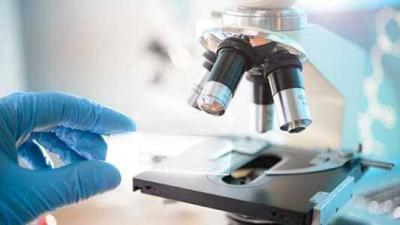In a study similar to the Wuhan lab incident, Chinese scientists conducted experiments on a mutated strain of the 2019 coronavirus (COVID-19) that proved fatal to 100% of tested mice. The lethal virus, known as GX_P2V, attacked the brains of mice designed to mimic human genetic makeup, according to a study shared last week from Beijing and published by the New York Post. The authors of the study wrote: "This emphasizes the risk of the GX_P2V virus spreading to humans and provides a unique model for understanding the pathogenic mechanisms of viruses related to SARS-CoV-2."
The deadly virus is a mutated version of GX/2017, a cousin of the coronavirus discovered in Malaysian pangolins in 2017—three years before the pandemic outbreak. Pangolins, also known as scaly anteaters, are mammals found in warmer regions of the planet. All the infected mice died within just eight days, which researchers noted as an " astonishing rapid mortality rate." GX_P2V infected the lungs, bones, eyes, trachea, and brains of mice, and was severe enough to ultimately lead to the animals' death.
In the days leading up to their deaths, the mice rapidly lost weight, exhibited a hunched posture, and moved very slowly. Most strangely, their eyes turned completely white the day before they died. The researchers stated that while this study is terrifying, it is the first of its kind to indicate a 100% mortality rate in mice infected with a virus related to COVID-19, far exceeding previous findings from another study. More alarmingly, the study's results do not indicate their impact on humans.
François Balloux, an epidemiologist at the Institute of Genetics at University College London, criticized the research, describing it as “terrible and completely scientifically worthless." He continued, "I cannot see anything of secretive significance that could be learned from infecting a peculiar strain of mice compatible with humans with a random virus. On the contrary, I could see the extent of how things might go wrong." He added: "The initial strain does not specify the biosafety level and biosafety precautions used in the research." Richard Ebright, a professor of chemistry and chemical biology at Rutgers University, supported Balloux's concerns with a single word: "I agree."




